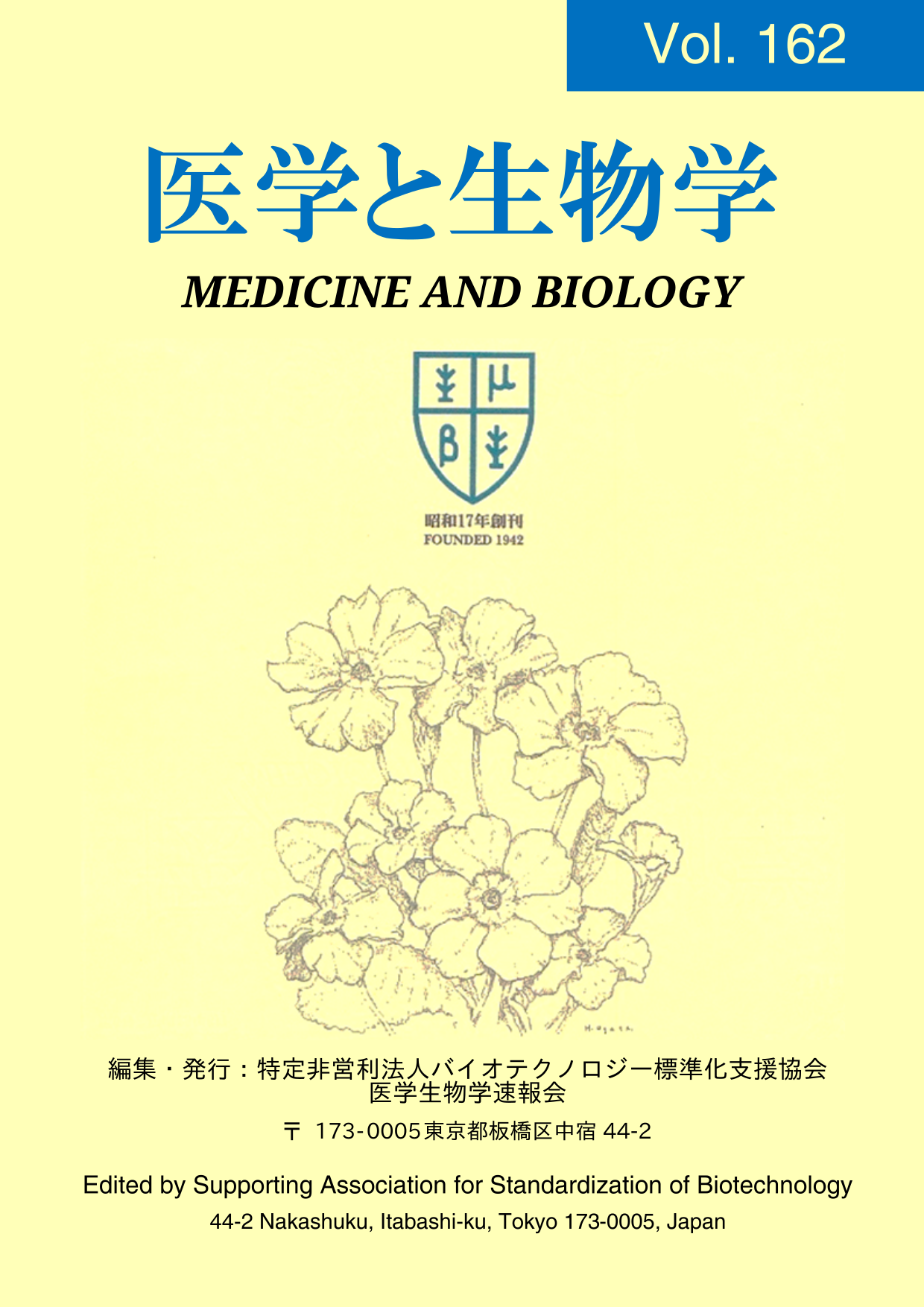Current Status and Issues of Interprofessional Education in Basic nursing education
Keywords:
Interprofessional work, Interprofessional Education, Basic nursing education, IPE, IPWAbstract
The purpose of this study was to clarify the current status and issues of Interprofessional Education in nursing colleges in Japan.
A questionnaire survey was conducted among IPE staff in nursing departments or those involved in curriculum management at 277 universities offering basic nursing education in Japan. A 5-point Likert scale was used for each of the 31 items originally developed to assess the level of achievement of students' learning goals for IPE at the time of graduation, and a survey was conducted on the Interprofessional work situations that students should be given priority to learn in IPE in basic nursing education and the reasons for their selection. Thirty-nine questionnaires (14.1%) were returned.
As for the current status of IPE in basic nursing education in Japan, 31 universities (79.5%) were practicing IPE, and 53.8% were practicing IPE with other departments. The IPE learning objectives tended to be more highly attained at graduation in universities where IPE was practiced in multiple departments than in universities where IPE was practiced in a single department.
As a challenge, it was suggested that the degree of students' understanding of the roles and activities of each type of job varied depending on the type of job with regard to the achievement of IPE learning objectives. The occupations with the lowest level of understanding were dentists, clinical psychologists, and clinical engineers. In terms of IPE, the scene with the highest priority for students' visualization was the scene of the discharge support conference.


